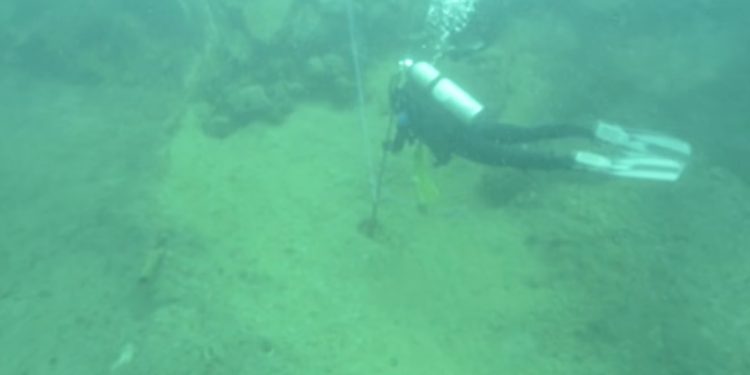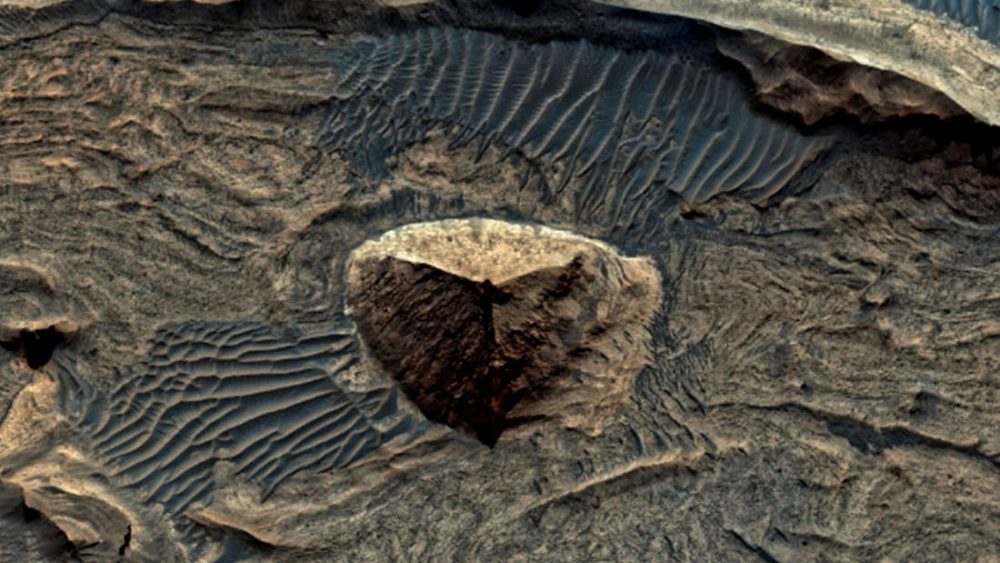Recent discoveries beneath the waters of Lake Michigan have captured the attention of scientists and explorers alike. Around 40 peculiar circular formations, thought to be sinkholes, were found stretching under the lake, offering insights into both geological processes and the ancient conditions of our planet.
Strange Marks Beneath Lake Michigan
It all began in 2022 when researchers from the National Oceanic and Atmospheric Administration’s (NOAA) Great Lakes Environmental Research Laboratory (GLERL) conducted a routine survey of Lake Michigan’s depths. Using advanced sonar technology, they detected large, circular depressions on the lakebed. These structures, measuring anywhere from 91 meters (300 feet) to 183 meters (600 feet) across, sparked curiosity. Around the same time, shipwreck hunter Brendon Baillod noticed similar features while conducting his own underwater research.
In an August 2023 expedition, scientists returned to the site for a closer examination. What they found was astonishing: nearly 40 of these formations lined up approximately 22.5 kilometers (14 miles) southeast of Sheboygan, leading towards Port Washington.
“There were dozens of them in our search area,” Baillod shared with Live Science, recalling the unusual sight. “They were huge, irregular in shape, and scattered across the lakebed.”
Understanding the Formation of These Sinkholes
Experts believe these structures are sinkholes formed through typical geological processes. So no aliens were involved this time. According to the U.S. Geological Survey, sinkholes are most common in regions characterized by “karst terrain,” where certain types of rock, such as limestone, gypsum, and salt beds, can dissolve over time due to circulating groundwater.
Beneath Lake Michigan lies a layer of limestone, which likely contributed to the creation of these mysterious depressions. While their geological formation may seem straightforward, these sinkholes have greater significance, especially when compared to similar structures found in neighboring Lake Huron.
The implications of these findings in Lake Huron have been groundbreaking. The microbes found there create a striking purple mat on the lakebed, a phenomenon driven by the photosynthetic activities of Phormidium autumnale, a type of cyanobacterium. These ancient microbes are not just limited to Lake Huron — similar organisms have been identified in extreme environments from Yellowstone’s thermal springs to permanently frozen Antarctic lakes.
A Portal to Earth’s Early History?
What makes these discoveries even more exciting is the possibility that Lake Michigan’s sinkholes could harbor similar life forms. If so, it could open new avenues of research into Earth’s prehistoric conditions and the evolution of life. While no comprehensive analysis has been conducted yet, early speculations suggest that Lake Michigan’s sinkholes might exhibit the same unique environmental characteristics as their Lake Huron counterparts.
“We’ve only scratched the surface of what these formations might tell us,” said a NOAA scientist. “If we find similar microbial communities here, it could significantly deepen our understanding of how life evolved on this planet.”
The next step for scientists is to conduct further expeditions and sample the lakebed to confirm if any microbial life exists in these sinkholes. If they do, the findings could offer yet another glimpse into the distant past, showing us how life might have looked billions of years ago.











